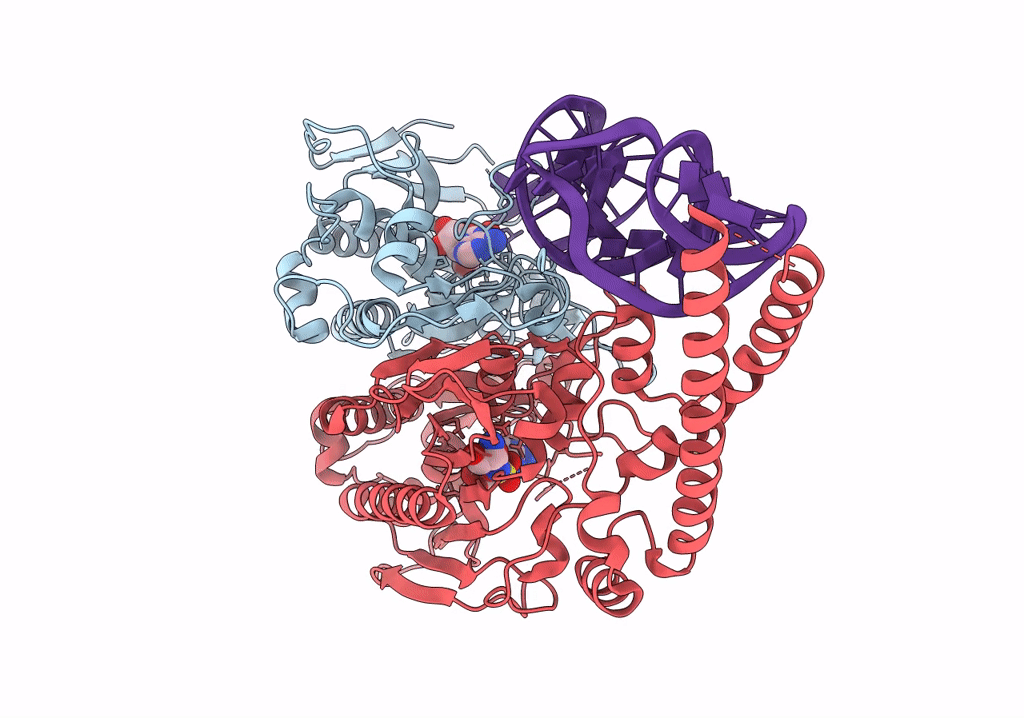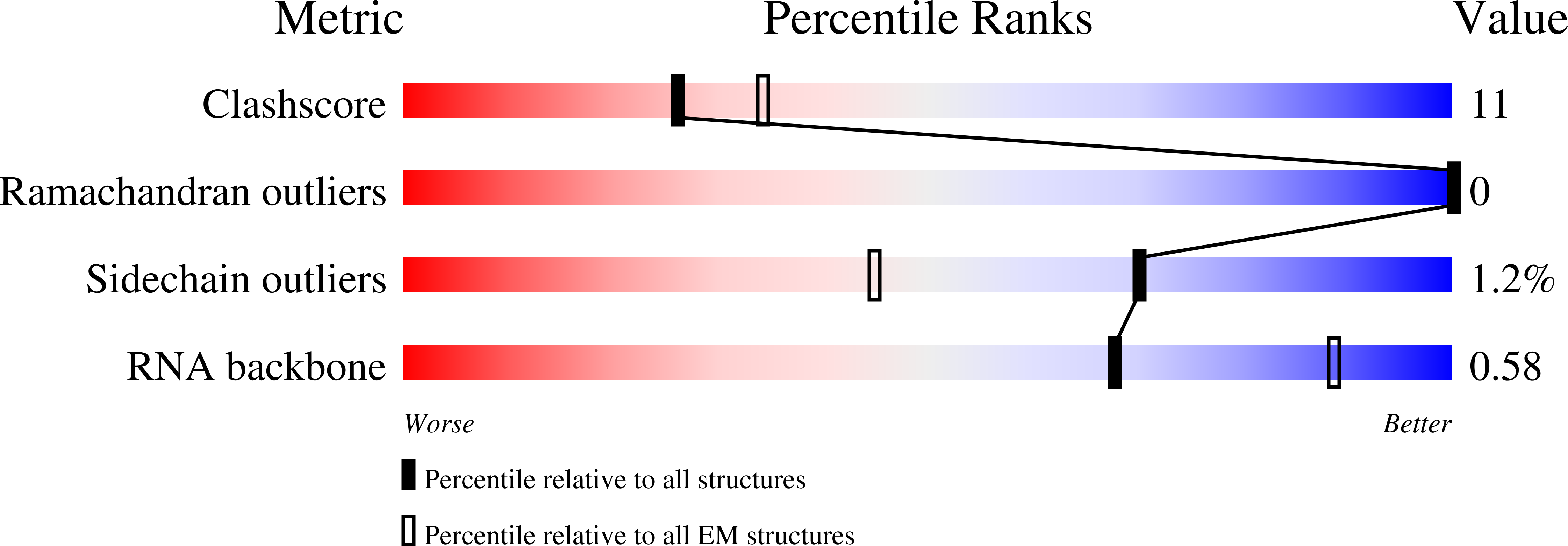
Deposition Date
2022-02-23
Release Date
2022-09-14
Last Version Date
2024-06-12
Entry Detail
PDB ID:
7U2A
Keywords:
Title:
Cryo-electron microscopy structure of human mt-SerRS in complex with mt-tRNA (GCU)
Biological Source:
Source Organism:
Homo sapiens (Taxon ID: 9606)
Host Organism:
Method Details:
Experimental Method:
Resolution:
4.10 Å
Aggregation State:
PARTICLE
Reconstruction Method:
SINGLE PARTICLE


